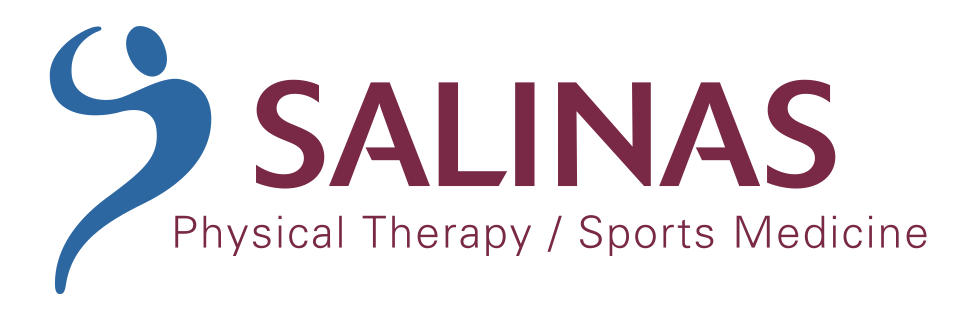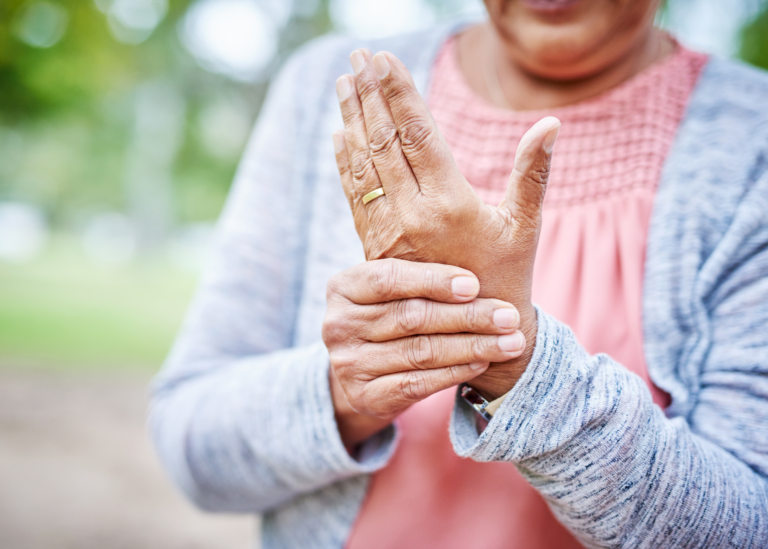Phone: (714) 695-1566
Fax: (714) 695-1553
Email: info@salinaspt.com
23655 Via Del Rio, Suite C
Yorba Linda, CA 92887

Phone: (714) 695-1566
Fax: (714) 695-1553
Email: info@salinaspt.com
23655 Via Del Rio, Suite C
Yorba Linda, CA 92887

Starting a fitness Journey can be a mixed bag of sensations. On one hand, there's the sense of accomplishment, endorphins, and vitality that exercise brings. On the other, there's pain. But not all pain is created equal. In this blog we'll cover the difference and what signs to pay attention to.

The significance of movement preparation cannot be overstated. This essential phase, often overlooked, holds the key to optimizing your workouts, preventing injuries, and maximizing performance gains. Learn about benefits, techniques, and why you should prepare to move before your routine.

Technology has become and integral part of our lives, from smartphones and laptops to gaming consoles. While these advancements bring convenience and connectivity, they have also ushered in a new set of health concerns, particularly related to spinal posture.

According to the CDC, osteoarthritis is a degenerative disease that affects more than 32.5 million adults in the US alone. Osteoarthritis can affect any joint but typically targets the hands, knees, neck and lower back. Once considered a “wear and tear” condition, we now know that this is a disease of the entire joint, including bone, cartilage, ligaments, fat, and the tissues lining the joint.

Overuse injuries are among the most common causes of injuries in adult and youth sports. But don't be confused, overuse injuries are not just limited to athletes. Any repetitive movement can lead to an injury if the warning signs are ignored.

According to the World Health Organization, falls are the second leading cause of accidental death worldwide. Take an active approach and learn how to recognize the warning signs.

Nearly 10.2 million Americans 50 years and older suffer from osteoporosis. In addition, 43.4 million Americans suffer from low bone mass. Learning how to counteract the natural decline of bone mineral density can play a crucial role in reducing the risk of injury during your golden years.

Almost everyone experiences low back pain at some point in their life. Poor posture, faulty body mechanics, sedentary lifestyles, and lack of exercise can all contribute to the achy feeling. Sometimes the pain can be more complex, involving an injury or the bodys natural degenerative process. Regardless of the cause, you should follow some basic strategies to help manage the pain.

Leading up to the Super Bowl, Patrick Mahomes' high ankle sprain was a hot topic of discussion. Here's our take...